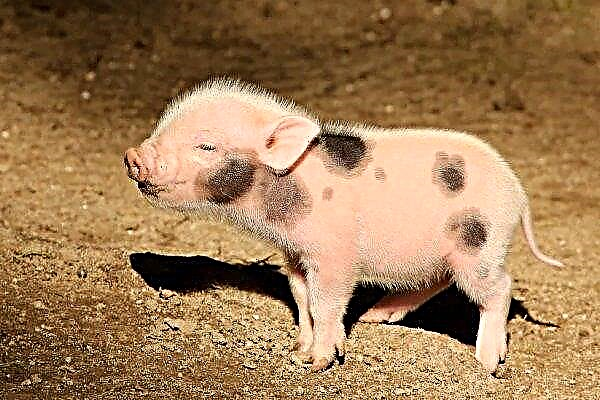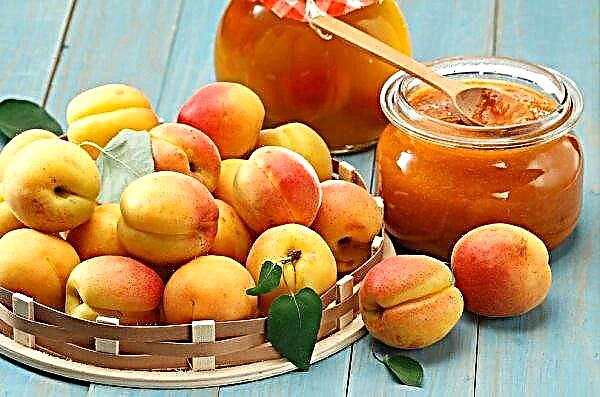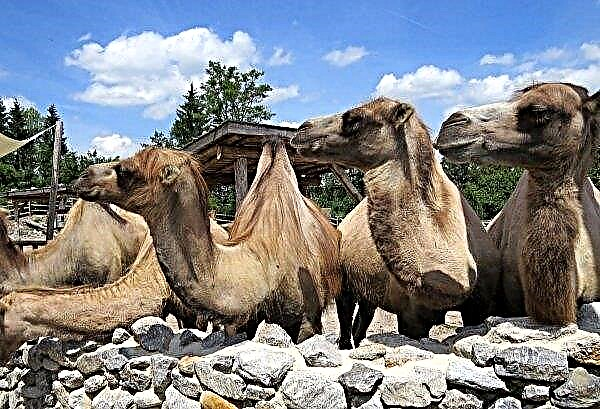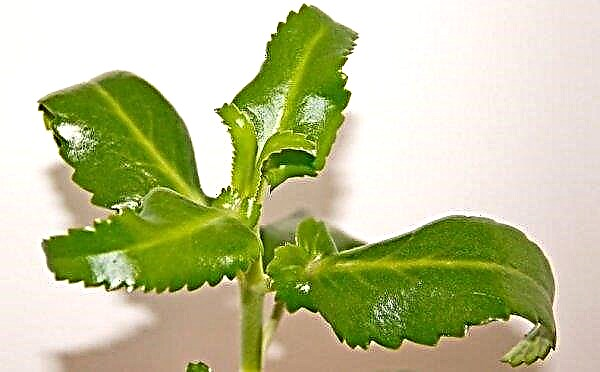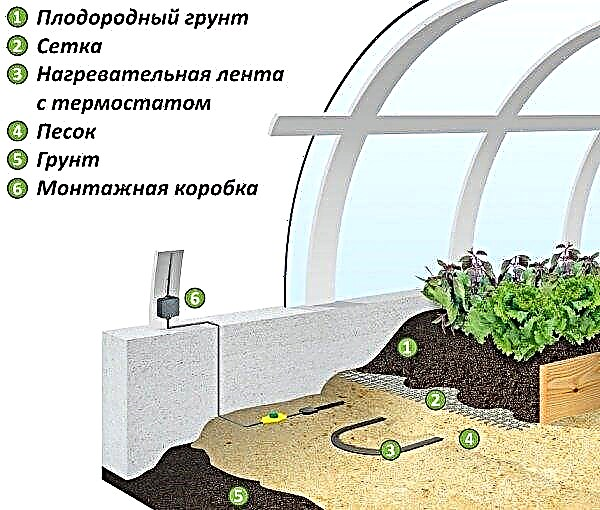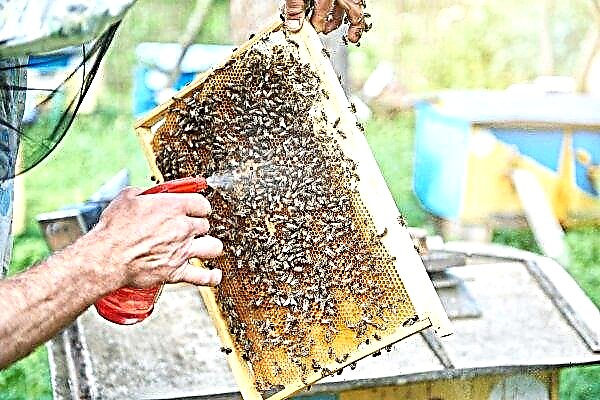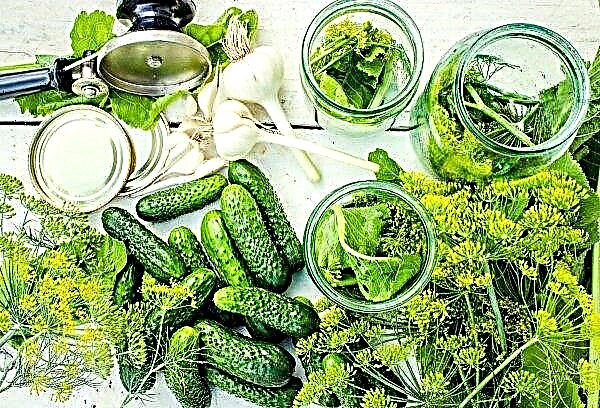Juniper is a rocky native of North America, distributed in Canada and northern Mexico. A hardy plant is popular in horticulture, especially blue coniferous varieties such as Moonglow.
Botanical Description
The evergreen shrub grows up to 5 m in height, the crown diameter is 2.5 m. The root system is superficial, branched. Brown-green shoots form a wide, dense, narrow pyramidal or cone-shaped (more often) crown. Branches grow at an angle upward relative to the trunk.
Needles scaly type, not prickly, painted a silver-blue tint. The needle is 1.2 cm long and 0.2 cm wide. In winter, it becomes a brighter, more saturated color. By the way, the translation of the name of the variety into Russian means "moonlight".
Branches are dotted with spherical cones up to 6 mm in diameter. The color is dark blue with a gray coating. Cones ripen in almost 2 years. Inside contains 2-3 brown seeds.
Important! Juniper cones are used in folk medicine to treat many diseases, but only fruits of an ordinary kind. The rest, including rocky, are toxic to the body.
Grade characteristics
Culture has good growth power. The annual growth of shoots is 20 cm. The rocky species of juniper can be grown on any soil, because in nature it grows mainly in the mountains. In this and unpretentiousness to conditions - one of the advantages of culture. The main plus of growing on a juniper site is its ability to purify air from harmful impurities, releasing phytoncides and ethers useful for respiratory organs.

Growing regions
Given the superficial root system, it is not worth growing a variety in regions with harsh winters. According to the description, Munglow suffers frost up to -30 degrees, but subject to good winter shelter. It is best to grow a plant in the middle lane, in the southern and central regions of the country. Ideal climatic conditions - warm, but not hot summers and mild, snowy winters.
Landing Features
For purchase, it is recommended to contact the nursery. A plant should be purchased for 3-4 years with a closed root system. Externally, a bush with evenly colored needles, a strong trunk, without suspicious spots. With a closed root system, you can plant at any time of the year, except for the winter period. If the seedling is with open roots, planting is carried out in the spring before the movement of juices.
Did you know? There are records of the ancient Roman poet Virgil, dated I century BC. e., about the benefits of juniper in the fight against epidemics. In particular, he claimed that fumigation with juniper branches kills a cholera infection.
Site selection and preparation
The site is chosen illuminated by the sun, closed from the wind and draft. The depth of groundwater is about 2 m below the surface of the soil. Rocky species prevent soil erosion, which can be used on uneven surfaces, on slopes. If the gardener wants to grow a short bush, reduce the growth power of the shoots, the seedling is placed on poor soil. If a tall tree is planned, the soil is fertilized.

Optimal soil composition:
- garden land and peat - 2 parts each;
- part of the sand;
- part of the fallen needles.
Seedling preparation
Before planting, a bush with open roots is inspected, damaged root shoots are removed. For 30 minutes, put in a bucket of water to nourish moisture. In water, you can add potassium permanganate to a slightly pink color. This will prevent root rot. A seedling with a closed root system is transferred to a hole along with a lump of soil in which it grew.

Landing rules
2 weeks before the procedure, a 50 × 70 cm hole is dug. Landing pattern:
- Drainage is laid at the bottom of the pit - broken brick, gravel.
- Nutrient soil (see above) is filled with 2/3 of the pit.
- A plant is placed on top, the roots are straightened.
- Falling asleep with the remaining earth, monitor the level of the root neck. It remains 10 cm above the surface.
- Tamp the soil and watered the bush with a bucket of water.
- After the soil sags into the pit, add another substrate.
- Then mulch the surface with peat in a layer of 5 cm.

Juniper Care
Munglow variety is unpretentious in maintenance: in the natural environment, it survives in harsh conditions. The plant tolerates drought well, practically does not need fertilizer. The attention of a gardener is more required by a young specimen than by an adult shrub.
Watering and feeding
Freshly planted plants are watered 2 times a month for the first year. Perform the procedure in the evening, the water should be at room temperature. The adult bush is content with natural rainfall. He needs watering 3 times for the entire season. An exception to the rule is a dry summer, in which case the soil is moistened more often.
Important! Organic matter cannot be used in the fertilizer of coniferous plants: it burns the roots.
Bushes older than 7 years do not need fertilizers. Up to this age, the variety is fed once a season, in the spring. Use special fertilizer for conifers, for example, "Green Needle". Pre-moistened soil is covered with 50 g of a granular preparation.
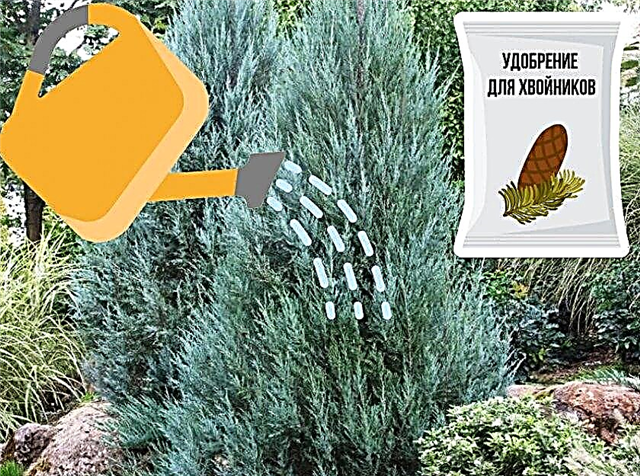
Mulching and cultivation
Mulch in the near-stem circle helps maintain moisture by delaying its evaporation. A layer of bark or sawdust prevents the growth of weeds, and peat material also feeds. Before laying the mulch, the trunk circle must be well loosened. This will saturate the root system with oxygen and contribute to better penetration of moisture into the soil.
Trimming and Shaping
Munglow, despite its rapid growth, forms a beautiful crown and does not need frequent pruning. Mandatory sanitary procedure, which will free the bush from broken and weak branches. Trimming the crown and giving a clearer contour will help to shorten too long shoots that are out of shape. It is also recommended that branches growing inside the crown be removed onto the ring. Pruning is done in the spring before the start of sap flow, preferably in cloudy weather or in the evening. Slices are treated with garden var.

Wintering
Juniper tolerates winter and frosts well, but you still need to cover it. The fact is that the active sun and the blinding snow surface create a burning effect for needles. In winter, the branches are pulled together with twine, and then covered with burlap. Tie the shoots so that the layer of snow does not break them with their weight.
Did you know? The Christmas tree did not immediately become a holiday tree. In the time of Peter the Great, he issued a decree "On the decoration of dwellings with juniper trees during the New Year's festival."
Breeding methods
In amateur gardening, vegetative propagation methods of the Munglow variety are used. Methods and technology:
- Cuttings. In the spring, before starting the movement of juices from last year's shoots, cuttings are cut off along with a piece of bark. The length of the shoot is not more than 20 cm. Rooted in wet sand in half with peat in a greenhouse or greenhouse. Watered with the addition of a root stimulant. You can use "Zircon", a phytohormonal agent for spraying the soil is bred in the proportion of 1 ampoule per bucket of water. Transplanted into open ground after 2 years.
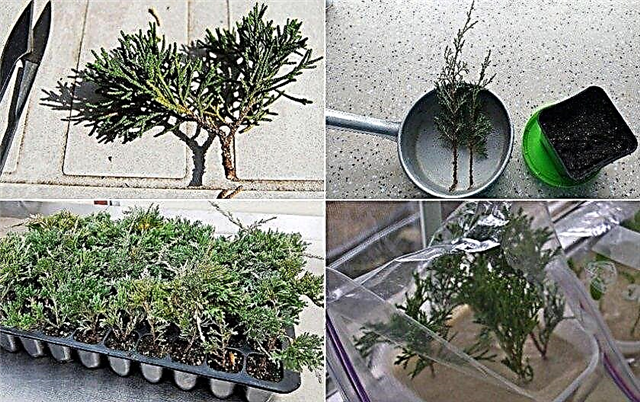
- Layering. Under a selected long branch at the very bottom of the trunk, dig a 15 cm deep groove. The shoot in the middle is cleaned of needles, this segment is placed in a ditch and sewn with staples. The tip of the lay remains above the surface. Care as a mother bush.

Use in landscape design
A cone-shaped plant is ideal for hedges. With this design technique, the garden space is also zoned. The conifer is beautiful in a solitary landing on a lawn, in a rocky garden, as an accent among flower bushes.
In the garden, juniper is adjacent to different cultures:
- euonymus;
- hydrangea;
- barberry;
- spirea;
- cotoneaster.
Growing a short bush, it is used as a central figure on the background of bright ground cover plants:
- loosestrife monetized;
- thyme;
- awl-shaped phlox;
- veronica;
- saxifrage;
- obrietta.

Diseases and Pests
Juniper, subject to the rules of care, rarely gets sick. Pests due to volatile and resins contained in the bark of pine needles are rarely affected.
However, you need to know the measures to combat misfortunes and their signs:
- Rust and shrinking branches. In the first case, inflows appear on the branches and bark, the needles turn brown. Symptoms of the second disease correspond to the name. Fight - cut the affected shoots, cut the sections with garden varieties and spray the bush with 1% copper sulfate.

- Schütte. Last year’s needles do not crumble, they get a dirty yellow color, galls with spores form on it. Treatment is carried out using Bordeaux fluid 3%. Infected shoots are removed to the ring.
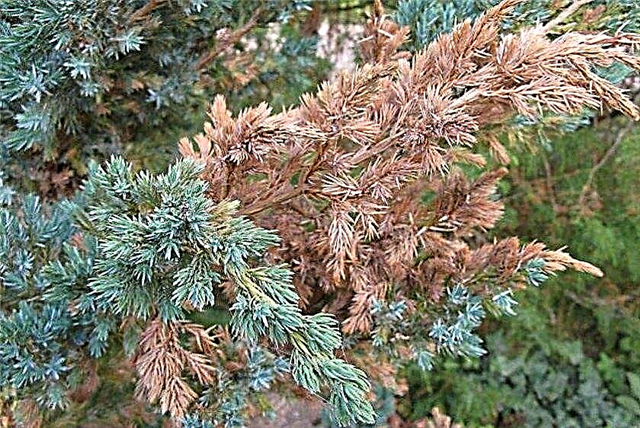
- Bark beetles. Beetles feed on wood, eating through it. Over time, the source tree dies. In the fight against insects help traps with pheromones and spraying with insecticides. Effective drug "Confidor", a solution for spraying 1 ml / 5 l of water.
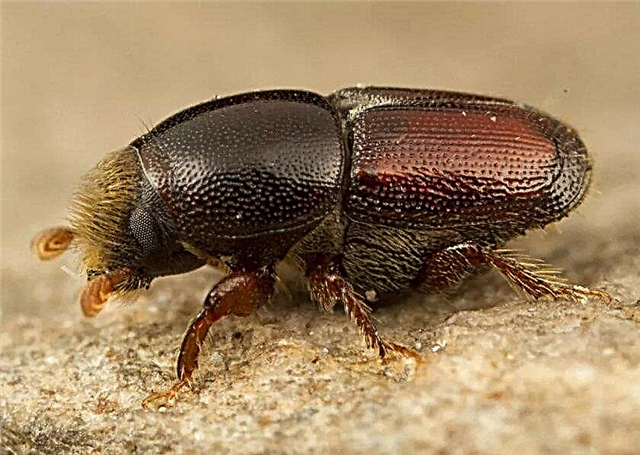
- Spider mite. Sucks juices from young needles, black dots on needles and a web will help to learn about its presence. Treatment - spraying "Akarin", 2 ml / 1 liter of water.

It’s not for nothing that Munglow is loved by landscape designers: its growth can be controlled, it keeps its shape, combined with a large list of garden crops. The variety is undemanding and unpretentious in care.








